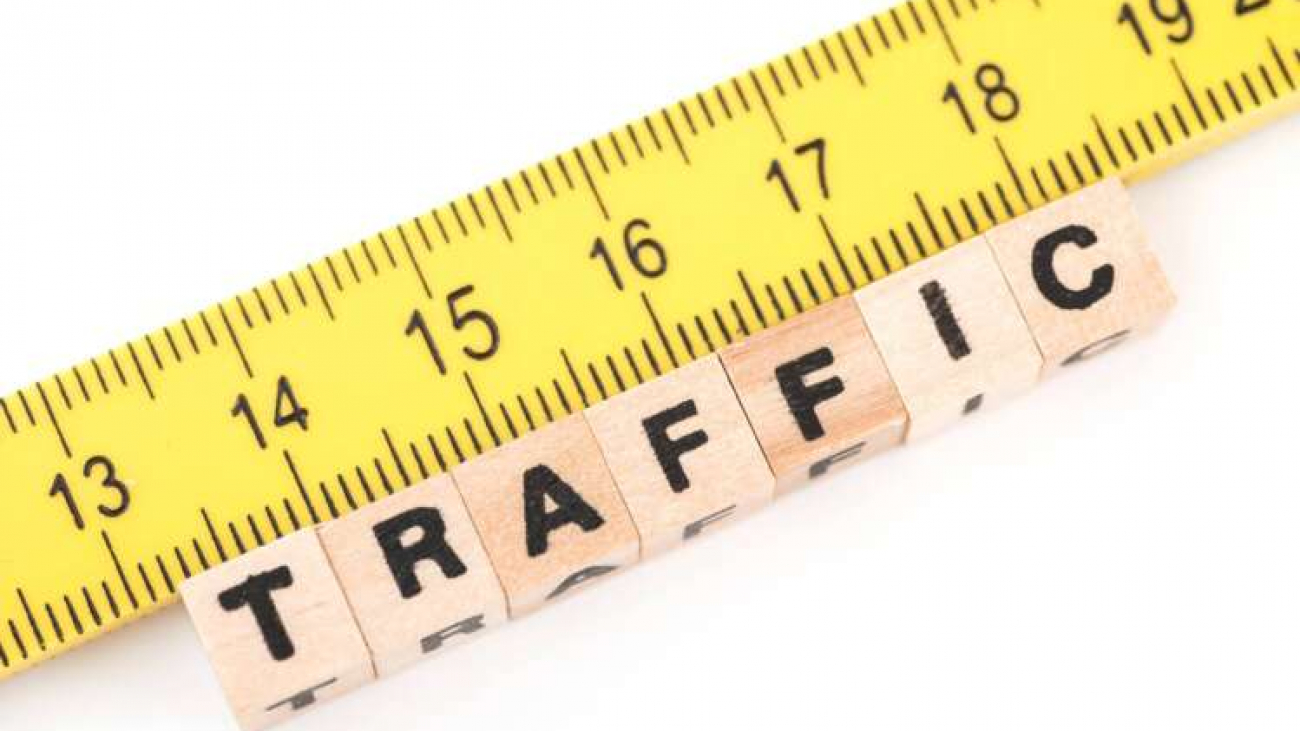What Are Core Web Vitals?
Core web vitals are metrics that show how your pages perform, based on real-world data. They are based on the experience of the user and are measured using field data instead of previously used lab data. Core web vitals will be added to the page experience ranking factor and other components related to website security and user-friendliness.
What Determines Core Web Vitals
Core Web Vitals are measured using field data provided by Google in various reports and tools, including Lighthouse, Page Speed Insights, and Google Developer Tools. It is comprised of three metrics:
Largest Contentful Paint (LCP)
First Input Delay
Cumulative Layout Shift
Core Web Vitals will be updated to reflect the most recent technological advances and changes in user behavior over time. Therefore, Google will re-evaluate the Core Web Vitals every year. This implies that the core metrics may also change.
The focus on three clear and consistent core metrics has a number of advantages. Google can analyze websites based on clearly communicated key performance indicators (KPIs). This provides web admins, developers, and SEOs with a solid foundation for arguing their case with customers about specific jobs and budgets. Alternatively, their management can show the proof of specific positive outcomes from optimised core web vitals.
Largest Contentful Paint (LCP)
The Largest Contentful Paint (LCP) metric measures the amount of time it takes for the largest content element on a page to load. Images, elements or blocks of texts with a background image can all be used. Loading times of up to 2.5 seconds are acceptable for LCP, anything between 2.5 and 4 seconds requires improvement, and anything less than 4 seconds is unacceptable. The page loading status determines the LCP of a page because the largest element is usually loaded last.
Improving the Largest Contentful Paint ( LCP)
Caching: Caching is a method of storing copies of assets after they have been downloaded once so that they do not have to be downloaded again each time the browser requests them. If you want a high-performing site then using caching is critical.
Image compression: Image compression is the act of striking a balance between image quality and asset size.Because the LCP element for most sites is an image, optimizing your images is critical to achieving good LCP.
First Input Delay (FID)
The First Input Delay (FID) is the time it takes between when a user first interacts with a website and when the browser can respond to that interaction. Users will frequently visit a website and immediately click on the text or a button without fully loading the page. Often, nothing happens because the browser is busy loading the page.
According to Google, anything less than 100 milliseconds is considered good, anything between 100 and 300 milliseconds requires improvement, and FID values greater than 300 milliseconds are considered poor. First Input Delay details can be found in the Google documentation on First Input Delay.
Improving the First Input Delay
Breaking up long tasks: JavaScript execution frequently causes delays, which means users may not interact with the website. Tasks can be broken down to help with this. Long tasks, according to Google, are those in which a piece of code blocks the main thread for more than 50 milliseconds.
Prioritizing interactivity: This means giving priority to code required for site interactivity, which means it is loaded first.
Using a Web Worker:A Web Worker allows heavy JavaScript files to be executed in a separate thread, allowing the main thread to remain unblocked.
JavaScript execution times: It should be reduced by scrutinizing all JavaScript files executed when a website is loaded and deferring unnecessary ones.
Cumulative layout shift (CLS)
The total number of layout shifts that occur on a web page as it loads and is interacted with is measured by Cumulative Layout Shift.
Google measures CLS to judge the overall page experience, along with the other two core web vitals, FID & LCP.Multiple content shifts on a single page will lower CLS scores. A page with minimal CLS provides the best page experience.
A layout shift occurs when something on the page visibly moves within the frame. This can include anything from changing text fonts to images loading slowly and pop-ups that shift the page around as it loads.
Improving for the Cumulative Layout Shift
Specify the image and video element sizes:Specifying the exact size (W x H) of images and videos can prevent users from being surprised. Alternatively, the space required for these elements can be defined using CSS’s aspect ratio. In this manner, the browser can reserve the exact amount of space required for the image or video while it is loading.
Ads with no height or width information: According to Google, Ads are one of the most common causes of website layout changes. This is because advertising networks, such as Google Ads, frequently use dynamic ad formats. Placeholder elements can help in this case. For instance, historical data will allow you to choose the most likely size for specific ad space.
Going Forward
Google has gone all out to increase transparency on Core Web Vitals, publishing extensive documentation that provides web admins, developers, and SEOs with all the information. Prospective web designers need to understand how the individual criteria are set fully, what elements are critical, and, most importantly, how websites can now be optimized for Core Web Vitals.
If you face any trouble, you can hire the best digital marketing agency in Perth, Ad Impact. We can help with your SEO, content strategy or any digital marketing query you may have. Get in touch with us to discuss solutions for your business.



